1. Psycho – The Shower Scene
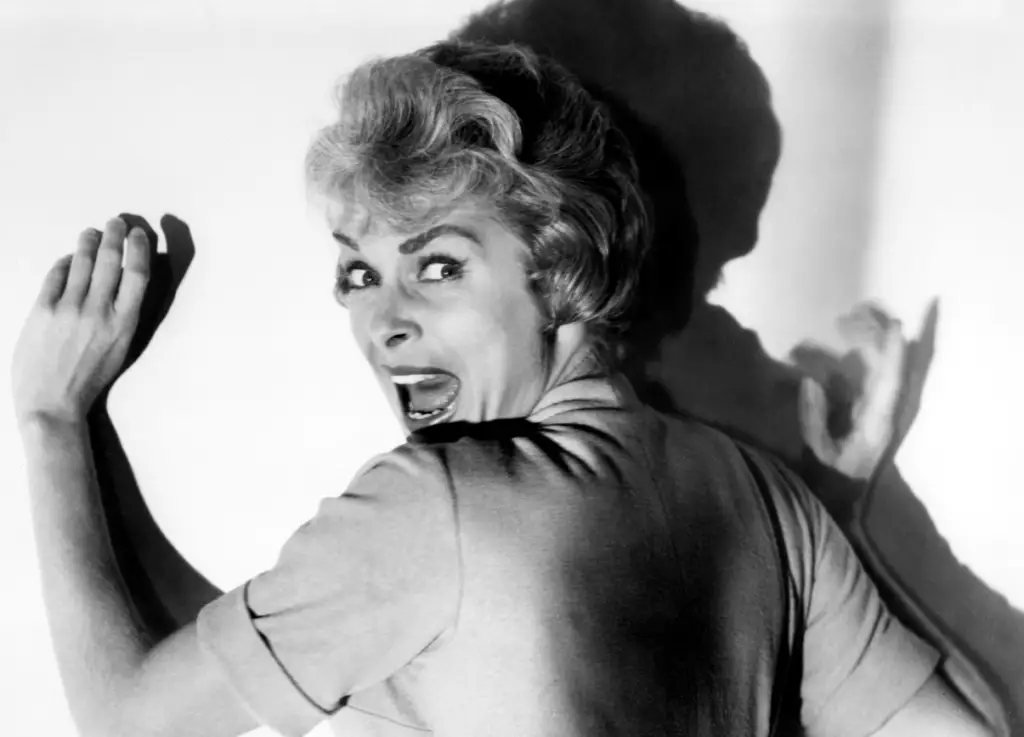
When Alfred Hitchcock released Psycho in 1960, audiences were not prepared for the infamous shower scene. Seeing Janet Leigh’s Marion Crane brutally murdered in such a vulnerable moment was not only terrifying but also shocking for its time. Up until then, movie violence was usually implied or toned down, but Hitchcock went right for the jugular. The stabbing montage, combined with Bernard Herrmann’s screeching violins, made people squirm in their seats like never before.
What made it so effective was that Hitchcock had led viewers to believe Marion was the main character, only to kill her off less than halfway through the movie. That storytelling trick alone was enough to throw audiences off balance. Even today, the scene feels unsettling because of how quickly it happens and how powerless Marion is in that moment. Many credit it as the first real modern horror moment in cinema.
2. Bonnie and Clyde – The Bloody Finale
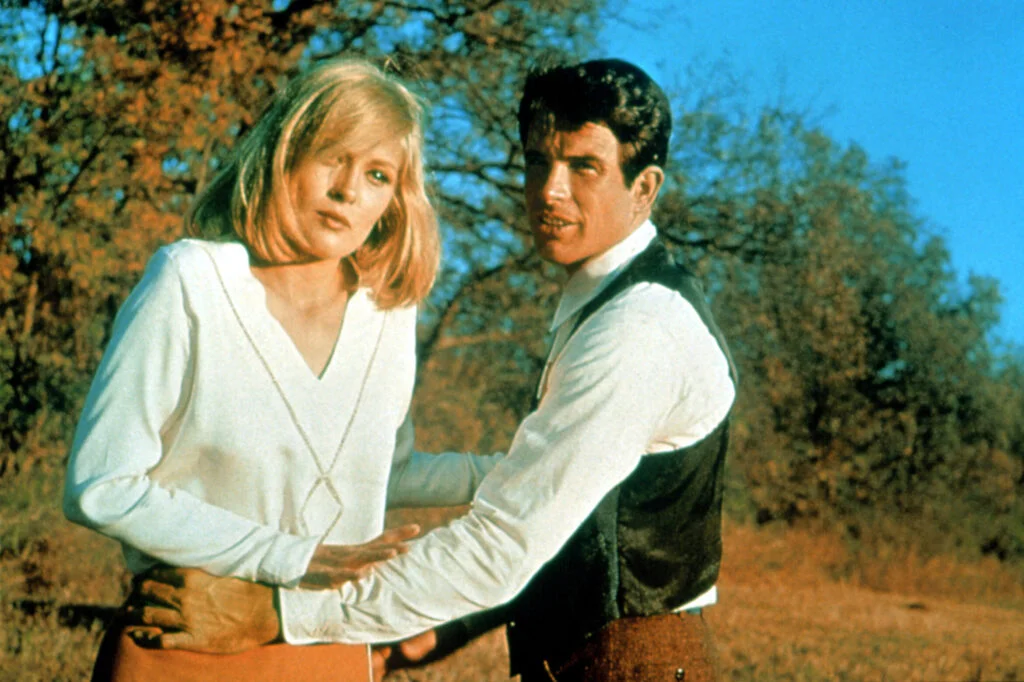
Bonnie and Clyde was stylish and romantic, but its ending pulled no punches. In 1967, audiences gasped as Warren Beatty and Faye Dunaway’s characters were gunned down in slow motion. The sheer brutality of the shootout, with bullets tearing through the car and their bodies, felt like nothing people had seen before in mainstream movies.
It was graphic, unapologetic, and strangely poetic. Critics were divided at first, but viewers couldn’t stop talking about the daring choice to show crime and violence without a clean Hollywood gloss. That scene set the stage for the more graphic depictions of violence in films to come. Even now, it’s a haunting reminder of how quickly romanticized outlaws can meet their fate.
3. Rosemary’s Baby – The Revelation
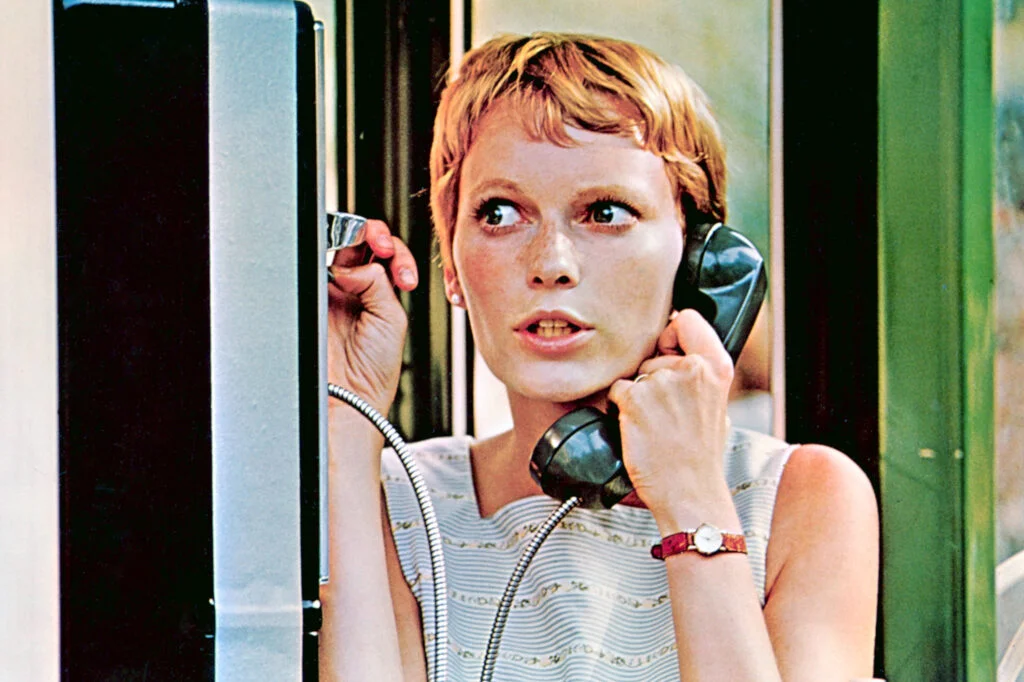
In 1968, Roman Polanski’s Rosemary’s Baby terrified audiences by blending domestic life with supernatural horror. The slow build-up kept viewers on edge, but the true shock came when Rosemary realized her baby was not quite human. Mia Farrow’s horrified reaction, paired with the whispered line “He has his father’s eyes,” left moviegoers chilled.
What was so unsettling was how it all felt possible in its quiet realism. The paranoia, the gaslighting, and the sense of being trapped in a conspiracy made people deeply uncomfortable. It wasn’t gore that shocked, but the psychological horror and twisted motherhood angle. Even decades later, that final reveal still lingers in pop culture nightmares.
4. The Graduate – Mrs. Robinson’s Seduction
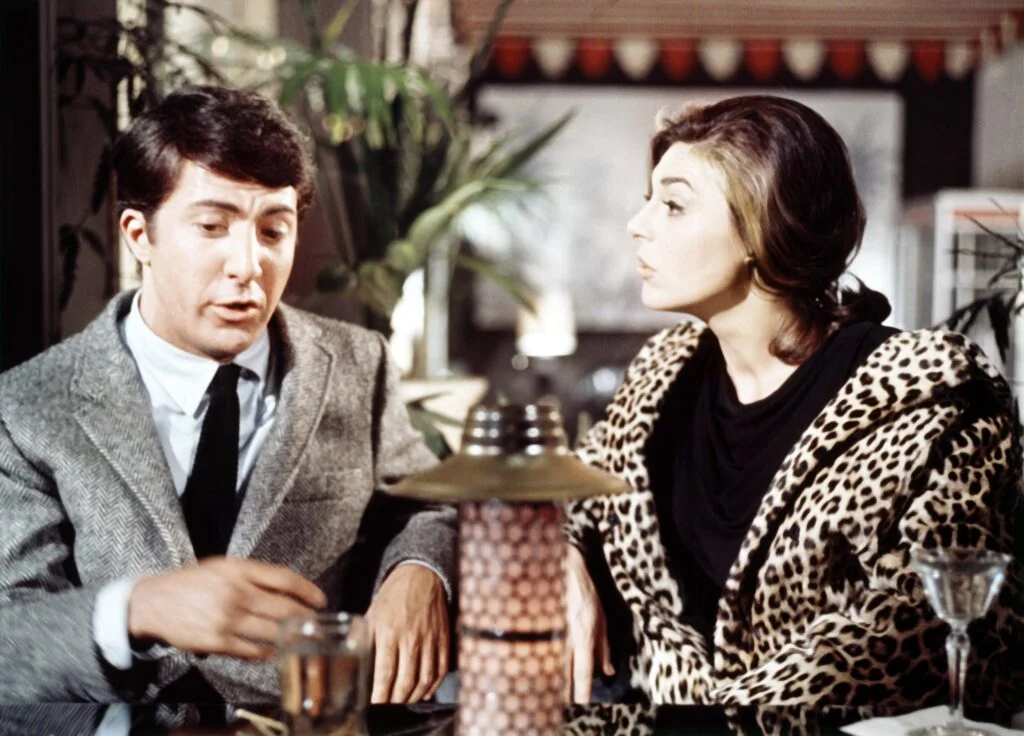
The Graduate in 1967 was marketed as a comedy, but Anne Bancroft’s Mrs. Robinson seducing Dustin Hoffman’s Benjamin shocked people for its bluntness. Hollywood rarely portrayed older women as sexually assertive, especially with a younger man. The awkward tension and Benjamin’s fumbling responses made it both humorous and deeply uncomfortable for many viewers.
The scene wasn’t violent or supernatural, but it broke social taboos in a way that felt revolutionary. It sparked conversations about morality, sexuality, and generational divides. For young audiences, it was rebellious; for older viewers, it was scandalous. Today it feels tame by comparison, but at the time, it was daring cinema.
5. A Clockwork Orange – The “Singin’ in the Rain” Attack
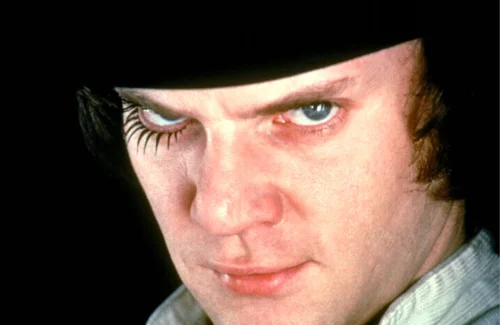
Stanley Kubrick’s A Clockwork Orange (released in 1971 but filmed in the late ’60s) pushed boundaries so hard that some countries banned it. The scene where Malcolm McDowell’s Alex gleefully sings “Singin’ in the Rain” while assaulting a couple horrified audiences. The cheerful song clashing with the disturbing violence created an almost unbearable contrast.
This wasn’t just shocking—it was deeply unsettling on a moral level. Kubrick forced viewers to confront violence in a way that felt stylized but still disturbing. People left theaters shaken, some even walking out. The scene remains infamous for how it challenged what could be shown on screen.
6. Midnight Cowboy – “I’m Walkin’ Here!”
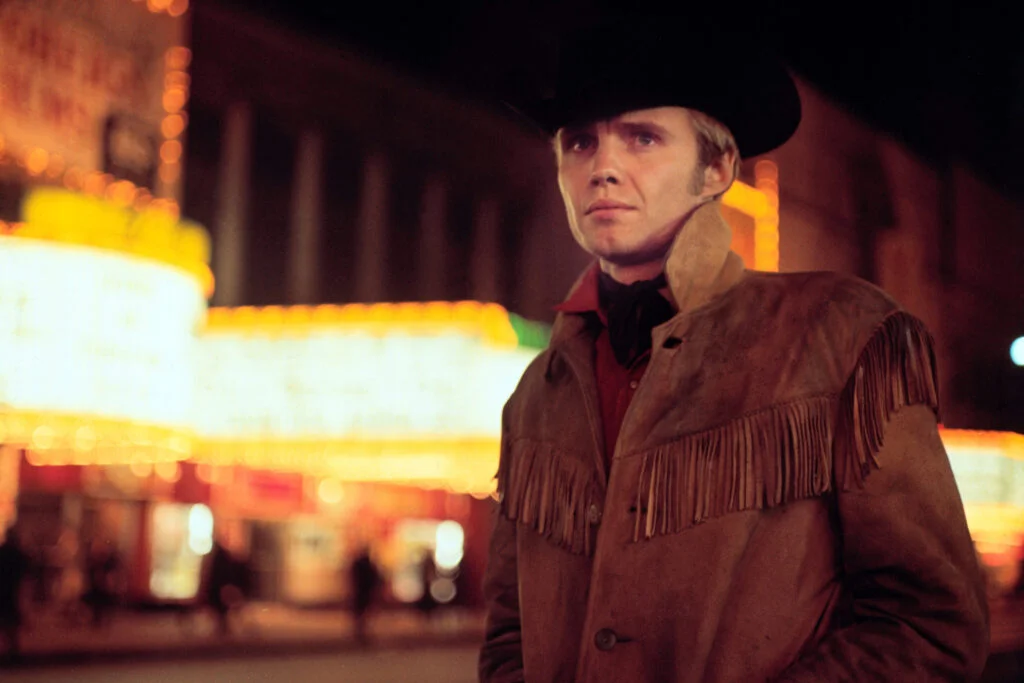
Midnight Cowboy shocked in many ways, not least of which was its X rating upon release in 1969. One of its most talked-about moments, though, was actually improvised. When Dustin Hoffman’s Ratso Rizzo slams the hood of a cab and shouts “I’m walkin’ here!” it captured the rawness of New York City in a way few films had.
While not shocking in the violent sense, it stunned people with its realism. The grit, the casual cruelty, and the vulnerability of the characters made the whole film feel like an unflinching look at society’s underbelly. That line has since become iconic, but at the time, it added to the sense that movies were moving into darker, more authentic territory.
7. Planet of the Apes – The Statue of Liberty Twist
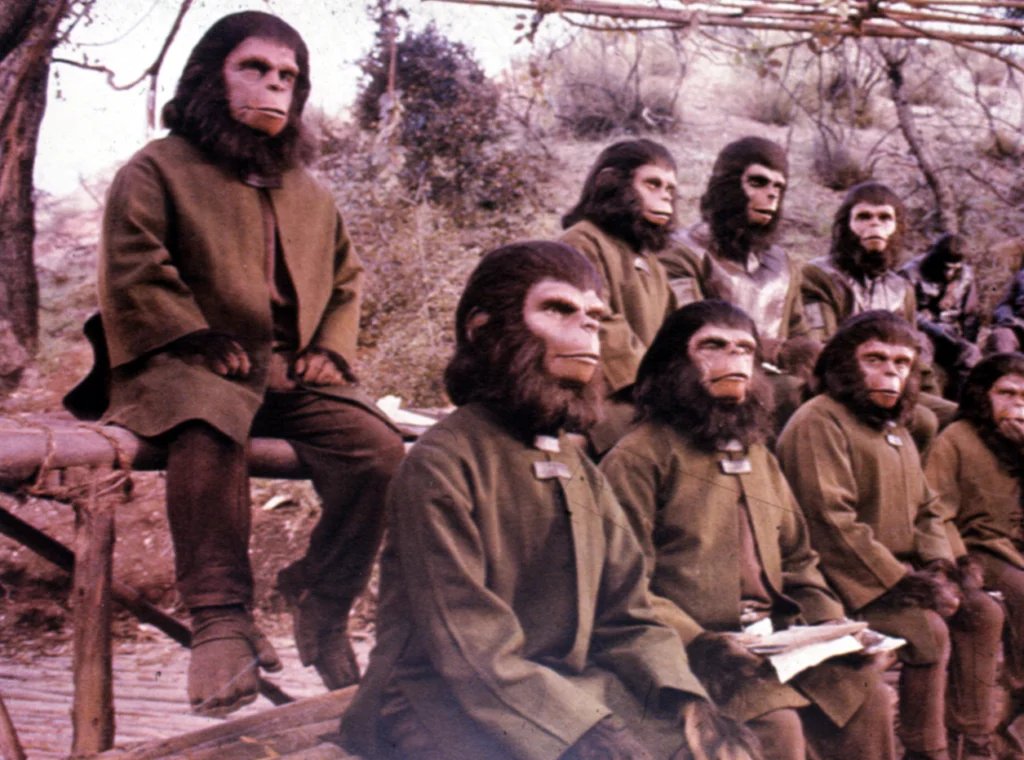
When Charlton Heston stumbled across the half-buried Statue of Liberty at the end of Planet of the Apes (1968), audiences audibly gasped. The revelation that he had been on Earth all along wasn’t just a twist ending, it was a gut punch. It turned a sci-fi adventure into a bleak commentary on humanity’s self-destruction.
The scene shocked not with gore but with its hopelessness. It left viewers questioning mankind’s future and their own place in a world capable of annihilation. Even people who guessed the twist admitted the imagery hit hard. Today, it’s one of the most memorable cinematic endings of all time.
8. The Wild Bunch – Opening Shootout
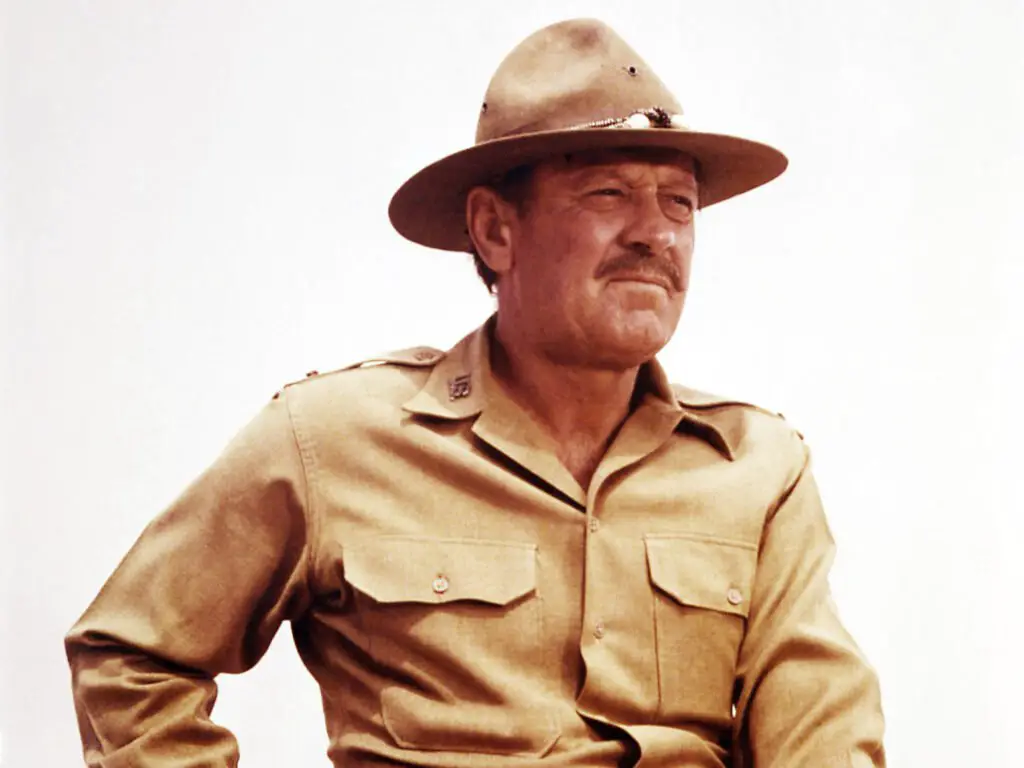
Sam Peckinpah’s The Wild Bunch in 1969 set a new bar for screen violence. The opening shootout between outlaws and bounty hunters was chaotic, bloody, and graphic in ways moviegoers weren’t used to. Slow-motion shots of people being riddled with bullets made the violence impossible to ignore.
The realism of the carnage was both shocking and revolutionary. Peckinpah wasn’t glamorizing it, he was forcing audiences to see the brutality behind the myth of the Old West. Many critics hated it, calling it excessive, but others praised its honesty. Either way, no one left the theater without an opinion.
9. The Birds – The Schoolhouse Attack
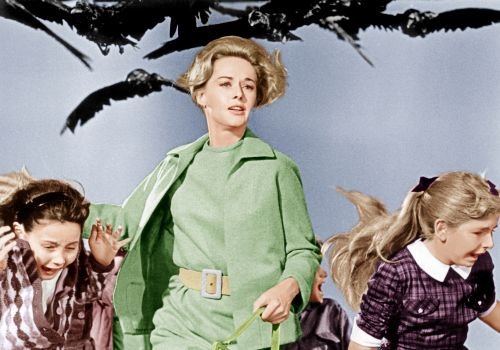
Alfred Hitchcock once again terrified audiences with The Birds in 1963. One of the most shocking moments came when the schoolchildren fled the building, only to be swarmed by a murderous flock of birds. The sight of innocent kids being pecked and clawed was more than many viewers could handle.
The special effects at the time made it even more unnerving because they looked disturbingly real. Unlike traditional monsters, these were everyday creatures turning against humanity. That unpredictability rattled audiences then, and even now, the scene has a way of making people look twice at a bird perched nearby.
10. Dr. Strangelove – Riding the Bomb
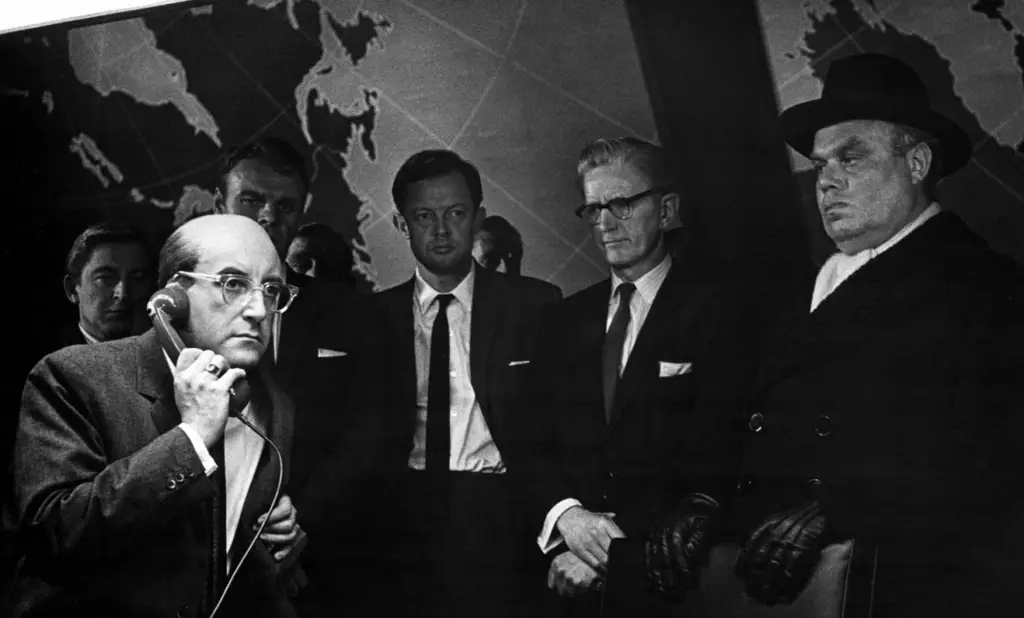
Stanley Kubrick struck again in 1964 with Dr. Strangelove. The image of Slim Pickens’ character riding a nuclear bomb like a rodeo cowboy was both absurd and terrifying. The idea that the world could end in such a ridiculous fashion unsettled viewers during the tense days of the Cold War.
People laughed nervously, unsure whether to find it funny or horrifying. That mix of comedy and apocalypse was groundbreaking at the time. It showed that satire could tackle the darkest subject imaginable, but it also left people with chills. The scene remains one of the most iconic images of black comedy.
11. Who’s Afraid of Virginia Woolf? – Brutal Honesty
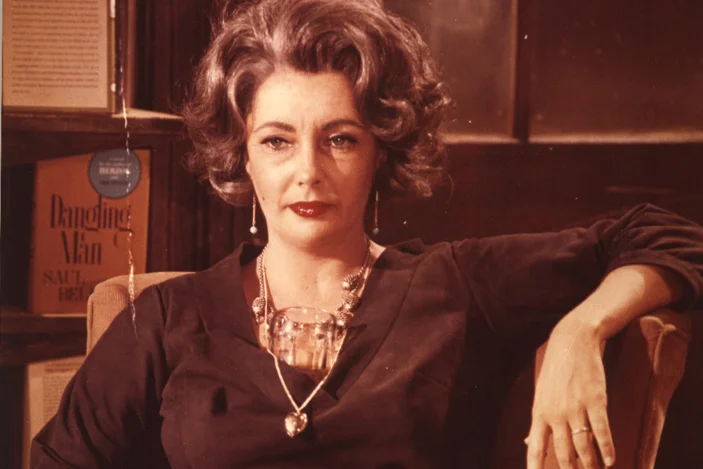
Elizabeth Taylor and Richard Burton shocked audiences in 1966 with their raw performances in Who’s Afraid of Virginia Woolf? The scene where Martha and George rip into each other with brutal, alcohol-fueled insults was unlike anything seen on screen before. Their cruelty, laced with truth, cut deeper than violence.
The film’s language and themes were so harsh that it forced the industry to reconsider censorship. Viewers were stunned by the emotional nakedness and dysfunction of a married couple on display. For many, it was more shocking than bloodshed because it felt too real. That honesty paved the way for more daring dialogue in movies.
12. Easy Rider – The Ending
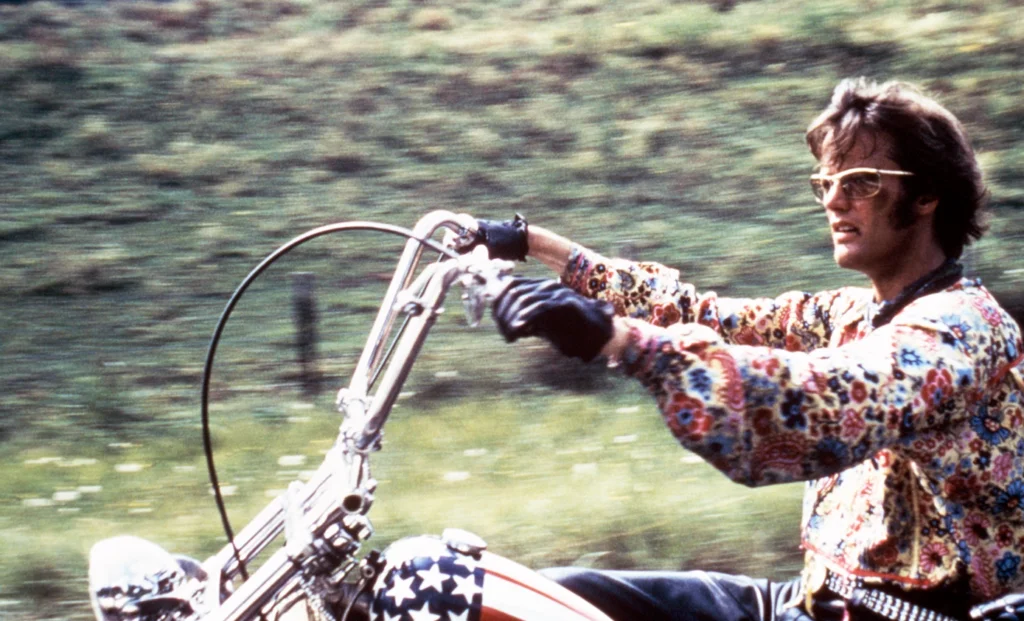
Easy Rider captured the spirit of the ’60s, but its shocking ending left audiences speechless. After following the freewheeling adventures of Peter Fonda and Dennis Hopper, viewers watched in horror as the bikers were gunned down on a lonely road. The suddenness of the violence and the bleakness of the outcome went against everything people expected.
It wasn’t just the deaths that shocked, but the message that freedom and rebellion could be crushed without warning. The abruptness forced people to face the darker side of American life during the counterculture era. That ending made the film unforgettable, cementing its place as one of the decade’s defining works.


